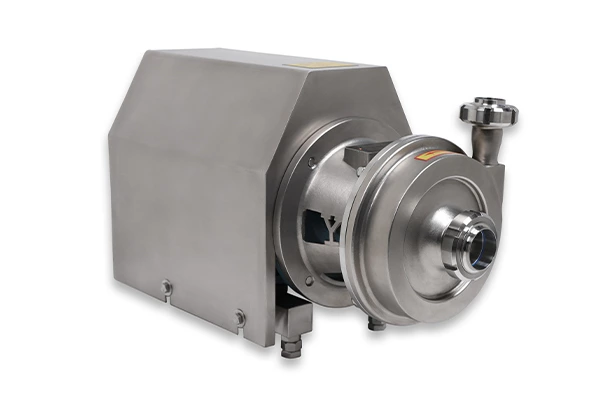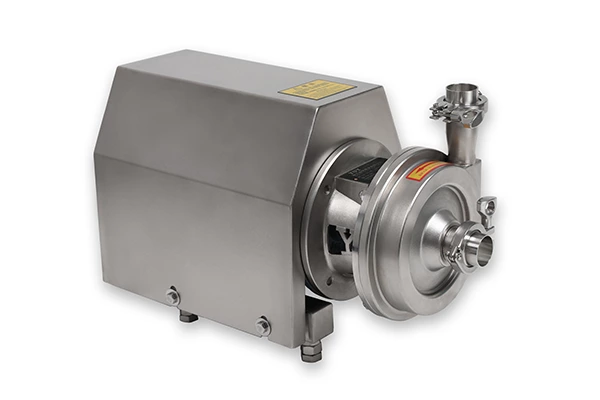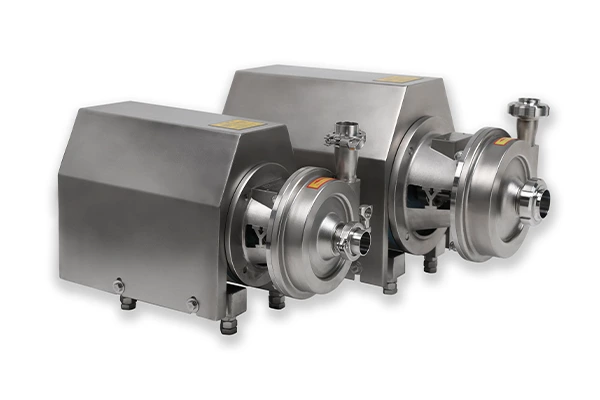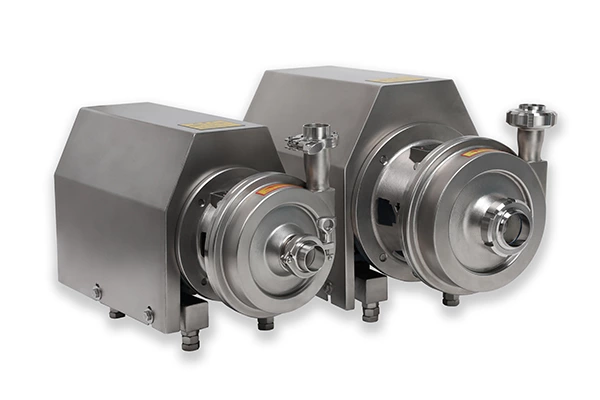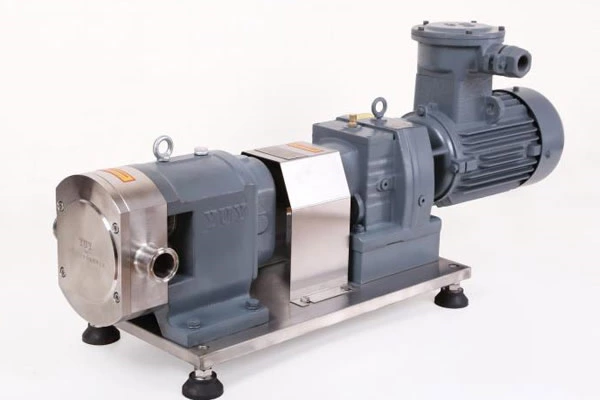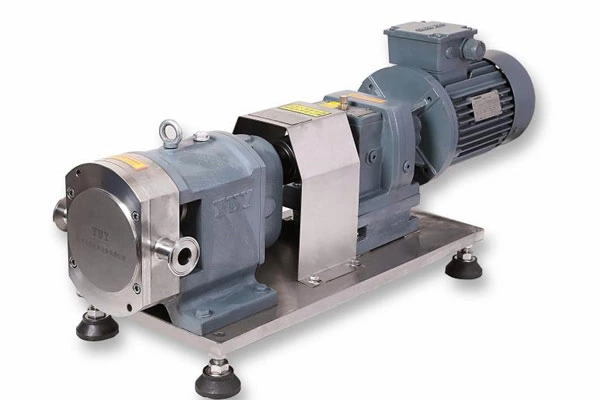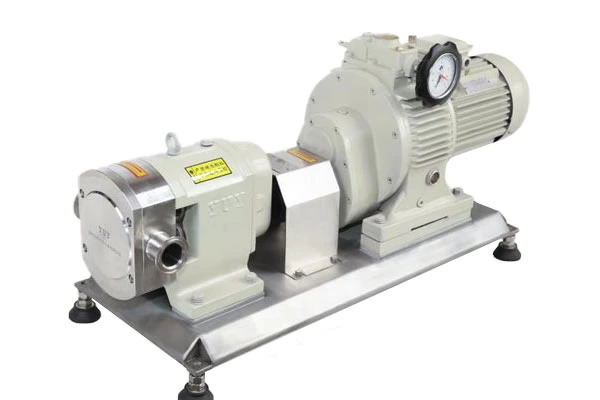What Are The Advantages Of Sanitary Centrifugal Pumps
The Sanitary Centrifugal Pump design is superior to any other type of pump in terms of flow and pressure range. Sanitary centrifugal pumps handle flows from a fraction of a gallon to thousands of gallons per minute. The pressure of a sanitary centrifugal pump depends on the stage (lead of the stator), and can generally reach 800 to 1000psi. Sanitary centrifugal pumps can handle a wide range of fluid viscosities, from water-like fluids (1cst) to other fluids (clays, cements, silts with viscosities as high as 1000000cst).
The rotor and stator of a sanitary centrifugal pump are interference fit (coated metal rotor in an elastically lined stator), the speed is low, and the internal shear rate is also very low. When sanitary centrifugal pumps are used in the food industry, sometimes sanitary centrifugal pumps are used to transport cherries and apples, and these fruits will not be damaged when transported through the internal passages. The pulse-free flow and noise-free operation of sanitary centrifugal pumps are particularly suitable for the transportation of shear-sensitive materials.
Sanitary centrifugal pumps are high-quality self-priming centrifugal pumps with good suction characteristics. They produce only minimal agitation or foam when used to transport air and natural gas.
Another major feature of sanitary centrifugal pumps is their high tolerance to impurities and wear, and they are often called "the most durable pumps." Sanitary centrifugal pumps are often used in very severe abrasion conditions because of the unique characteristics and wear resistance of the elastic bushing on the inner wall of the stator tube. These elastomers are made of conventional rubber (sodium rubber) or imported materials such as fluorinated rubber, polytetrafluoroethylene plastics, and other materials.
Although sanitary centrifugal pumps have many uses, sanitary centrifugal pumps also have limitations, mainly the size of sanitary centrifugal pumps. In order to prevent the "slippage" of the fluid (leakage from the higher pressure outlet back to the suction port), when the pressure increases, the lead (number of stages) of the rotor/stator must be increased, which increases the overall length of the device. For environments with excessively high pressures, it is sometimes difficult to improve existing equipment, especially where small pumps (such as centrifugal pumps) have been used in the past. However, when the site is not restricted, this limitation is not a restrictive factor.
Another factor that contributes to the larger size of sanitary centrifugal pumps is the low speed, which requires a gear reducer (or belt drive) between the drive and the pump. This will result in increased cost. However, the recent advent of variable frequency drives (VED) allows the gear reducer to be eliminated, and at the same time, introduces a new method of changing flow while overcoming pressure lift.
Another limitation of sanitary centrifugal pumps is the compatibility between the conveying fluid and the elastomer. Some chemicals may cause problems with elastomers, and other substances may cause elastomer swelling. For applications in corrosive environments, choose Viton or even PTFE stators. Sanitary centrifugal pumps are also limited by temperature compared to all-metal pumps. Generally, sanitary centrifugal pumps operate at temperatures of 300 to 350F. Sanitary centrifugal pumps also cannot run dry, unless the time is very short, otherwise heat is generated at the contact surface of the rotor and stator, which may cause the rubber of the sanitary centrifugal pump to fail, commonly known as rubber "aging" or "debonding".




